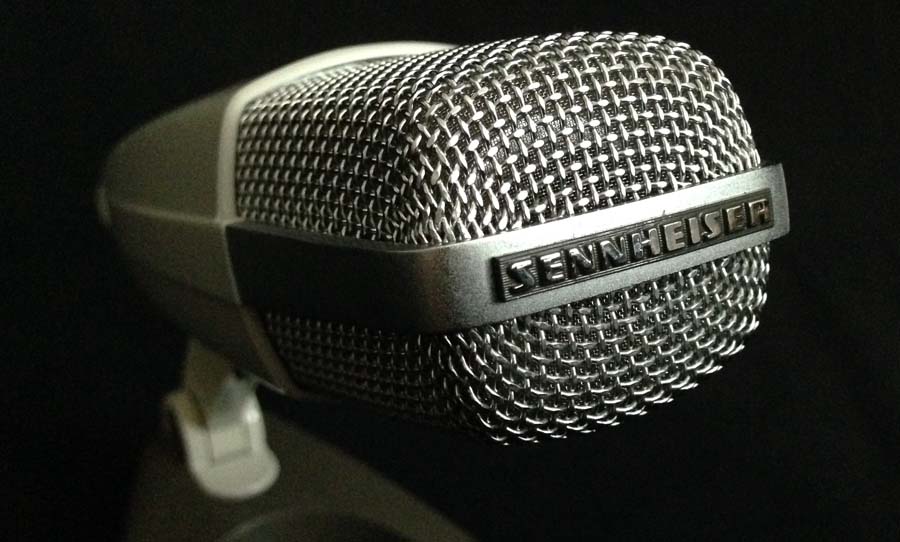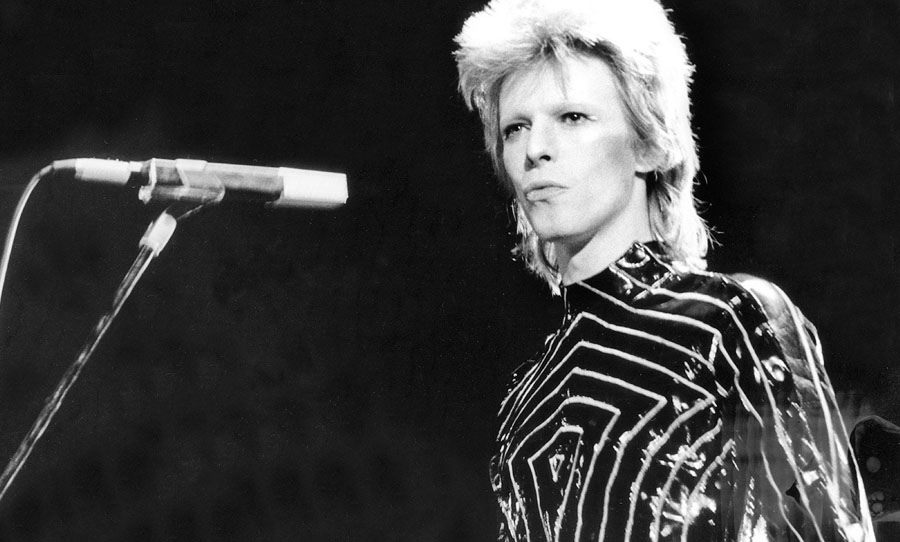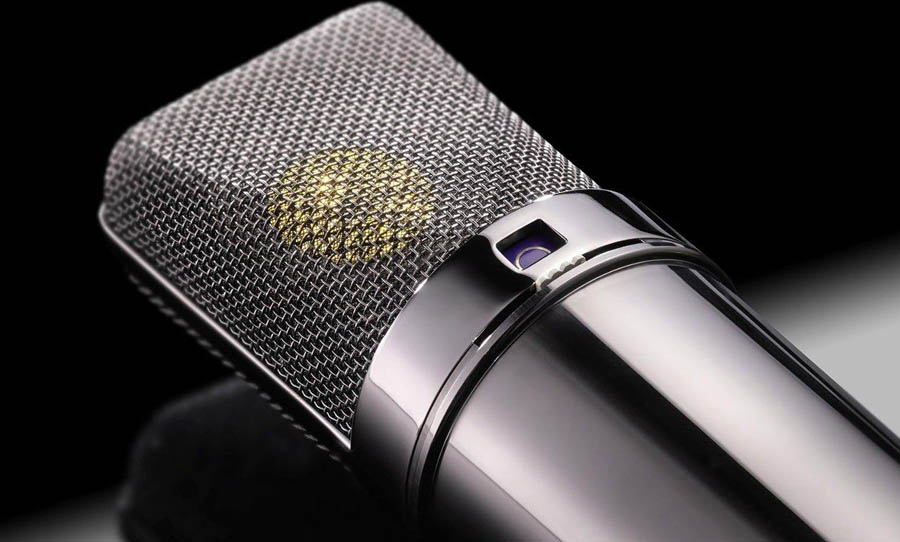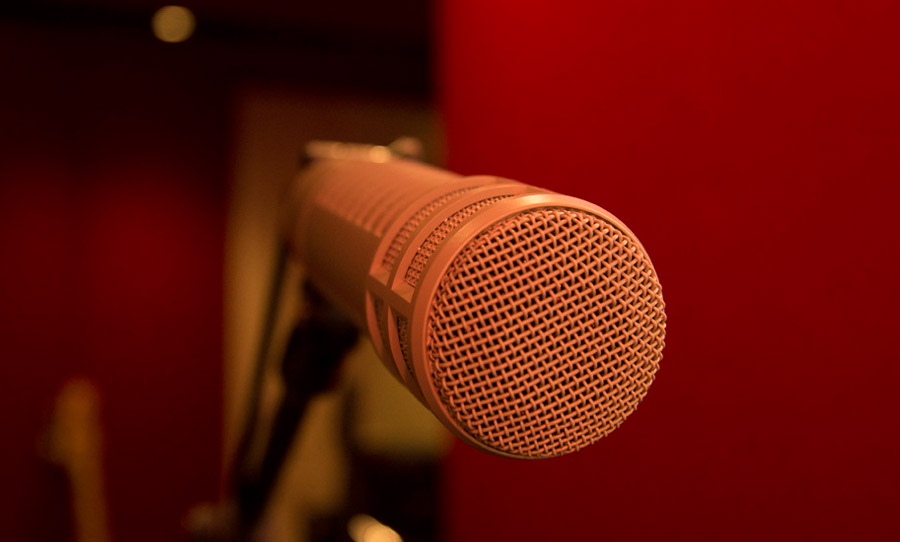From the ashes of battle emerged one of the most venerated audio manufacturers in history. Just weeks after the end of World War II, Fritz Sennheiser and a team of seven engineers from the University of Hannover got to work on a Voltmeter, a simple instrument that measures the electrical potential difference between two points in a circuit.
This, of course, isn’t the first thing that comes to mind when we think of Sennheiser. It wasn’t long before the company established itself as a leader in microphone technology, gaining a foothold in the burgeoning record industry.
At 75 years young, the company has a diverse portfolio, which includes a range of audio products for the studio and the home. At its core though, Sennheiser has always been an expert in the ‘listening’ devices at the business end of the signal chain: microphones.
Sennheiser has been alive and thriving for three-quarters of a century, offering a range of microphones for all kinds of purposes in the studio and beyond.
Classic shapes
Not long after its founding, the company launched its first model of many: the DM 2. An omnidirectional microphone that was designed for reporting, it also set the tone for Sennheiser’s aesthetic tone—sleek, industrial silhouettes that harken back to the art deco era, which are also fit for a range of applications.
Owing to the commercial success of early models—which served all-kinds purposes from broadcasting to live performances—the size of the company increased dramatically, as did their capacity for research and development. This led to their first breakthrough in the studio with the MD 421 dynamic model.
Built for vocal applications, it quickly made its mark in rock music. With its innovative five-position bass roll-off switch (with the ‘M’ position standing for Music and the ‘S’ position denoting speech, with three positions in between) the MD 421 quickly found itself in other areas of the studio, like guitar and bass cabinets. Famously, you can’t walk past a drum kit without seeing 421s pointed at the toms.
Later in the decade, the company cemented its legacy in the studio with MD 441. The MD 441 is the Concorde jet of the dynamic mic family: long, sleek and expensive. Some have said that it’s the finest dynamic microphone ever produced—the fact that it’s still in production after first leaving the Sennheiser factory floor in 1966 is testament to this claim.
Like other high-quality dynamic microphones, it has excellent off-axis rejection capability. This, combined with its rock-solid build make it an easy choice for live applications and a natural fit for many sound sources, including snare drum and horn section.
The microphone’s tonal character is also quite easy for the user to adjust to taste. There’s a five-position bass roll-off switch and a two-position brilliance switch making it useful on just about any source. With its condenser-like ability to capture transients, it’s been a vocal favourite for the likes of Fleetwood Mac, David Bowie, Air and Tame Impala.
First choice in Hollywood
Since the first experiments in shotgun microphones in the 1950s (invented by RCA Victor’s Harry Olson), Sennheiser has been a leader in the field. This culminated in the release of the MKH 416 in the 1970s—a model that would go on to dominate on-location recording in Hollywood and around the world.
The MKH 416 has a seemingly miraculous way of rejecting off-axis sounds while maintaining sensitivity and detail from long distances. This relies on the ‘interference tube’ method. The lengthy body of the MKH 416 is perforated with grill slots. The sound that you directly point the microphone at passes down the length of the tube, directly to the mic’s diaphragm. The off-axis sounds hit the grill slots on the side of the microphone hitting the diaphragm at various times, causing phase cancellation.
The MKH 416’s big brother, the MKH 816, earned another accolade for Sennheiser, taking home its own ‘Oscar’: a Scientific and Engineering Award from the Academy of Motion Picture Arts and Science, in 1987.
The modern exemplar of shotgun recording is NPR’s Tiny Desk series. If you haven’t seen it, imagine the best gig you’ve ever seen, but at your office—with all its accompanying acoustic difficulties. Engineer Josh Rogosin’s go-to mics include a series of Sennheiser shotguns, which do a great job of focusing the ear on what you want to hear, rather than the unpredictable reflections caused by this less-than-perfect acoustic setting.
More so than most other audio companies, Sennheiser seem to be experts at listening to the needs of their customers and solving their problems. As evidenced time and again throughout their history, they’ve created mics that are designed for clarity and consistency, which excel in a variety of settings. Being in business for 75 years surely isn’t easy, but this company have shown us how it’s done.

